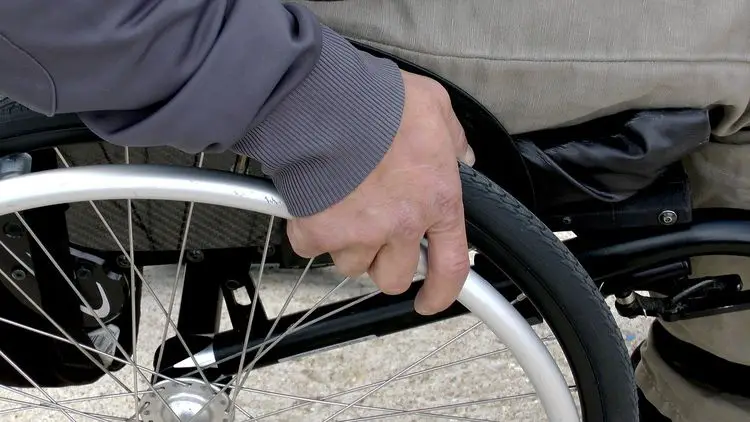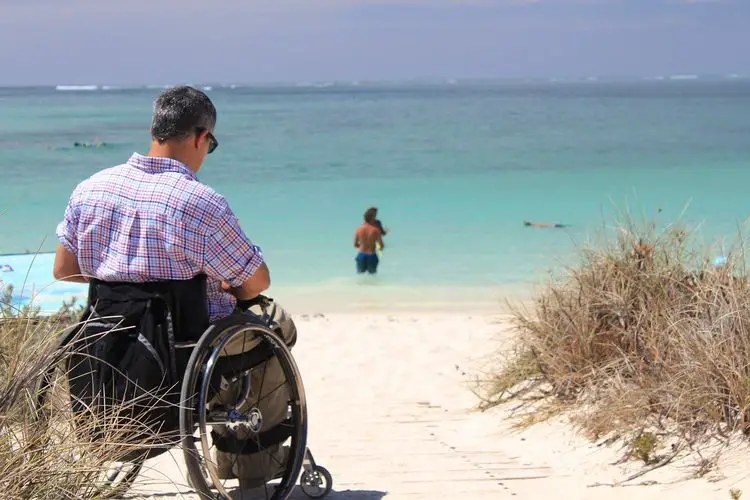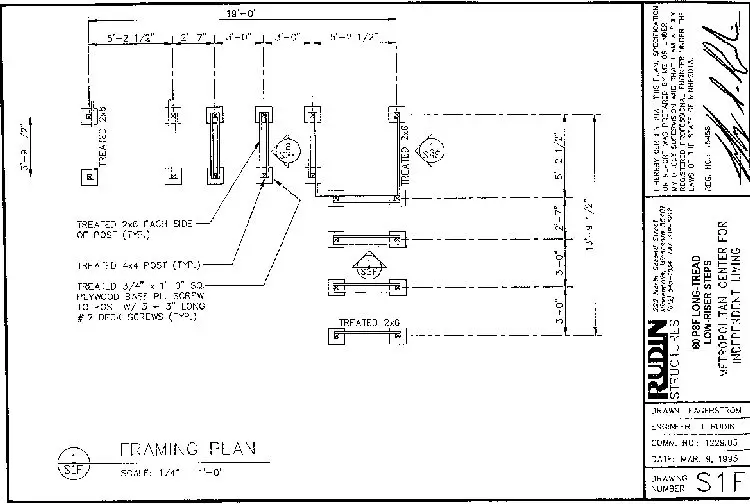
Let’s talk about wheelchair ramp rentals and the alternatives, specifically, whether it is better to rent one, buy one, or build one.
If you have a physically disabled friend or family member, chances are you’ve heard them complain about all the businesses and other buildings that aren’t equipped with a proper wheelchair ramp. It’s bad enough to be confined to your chair, unable to walk, without adding the insult that there are some places you just can’t go. And even though the United States is one of the most disability-friendly countries in the world — take a look at a country like Pakistan’s infrastructure, for contrast — there’s still an emotional toll to be considered for people who are chair-bound.
Of course, one’s home must be accessible, and in many, many cases, that means adding a ramp to the existing structure, allowing an individual unrestricted access to their own space.
So you or the loved one you care for needs a wheelchair ramp to get in and out of the house. Is wheelchair ramp rental the way to go? Should you buy one? Should you build one? The answer depends on your specific situation and the resources you have to devote to the project. Consider the following factors and options, bearing in mind that even with a ramp, there are physical difficulties to be faced — negotiating a ramp can be tricky in inclement weather, or with an inexperienced caregiver pushing the chair, or when you’re too exhausted to turn your wheels any longer.
Wheelchair Ramp Rental Benefits
Wheelchair ramp rental is typically your best solution for short-term needs. If you anticipate recovering from your illness or injury in less than 6 months’ time, renting a ramp is fast, easy and cost-effective. You will know that the ramp is property constructed for safety and it’s not a permanent addition to your home. When the need is gone, so is the ramp.
Ramp rentals also come in a variety of shapes and sizes to fit most any need. Some are portable. Rental companies are often connected with a variety of contractors that can install and remove ramps in short order. Some businesses even offer 24-hour installation services.
So that leaves the question of how to pay for the rented ramp. Is a ramp within Medicare’s covered services? Unfortunately, Medicare’s general rule on things like this is that they have to be certified by a doctor as being “medically necessary.” This makes the instances quite rare when Medicare will pay for a ramp.
The good news is that today, many Medicare Advantage plans available can help. This is due to a change that happened in 2018, when the Centers for Medicare and Medicaid Services (CMS) announced that costs could be covered under the heading “healthcare benefits,” allowing for a much looser and more forgiving interpretation when it comes to wheelchair ramps — after all, it is certainly healthy and beneficial for a patient to be able to enter and exit their own front door.
Funding Options to Help
Other options for paying for rental and construction include non-Medicaid state-based assistance programs, elder-care loans, and the following nonprofit assistance programs:
- Habitat for Humanity — This organization has a branch called “A Brush with Kindness” that assists with exterior improvement projects, including wheelchair ramps. Perhaps funds for ramp rental would be available as well.
- AccessABILITY Experience — Sponsored by the Phi Beta Kappa fraternity, this organization provides $1000 grants for materials and organizes volunteer workers to help with installation or construction.
- Rebuilding Together — This group, originally meant to support veterans, also helps the elderly with home modifications and safety improvements, including wheelchair ramps.
- Senior Corps — Just like the Peace Corps, Senior Corps intervenes where they’re needed. Some of their past projects have included wheelchair ramp construction.
- Centers for Independent Living — These local-level centers are a good source to turn to for advice on hooking up with assistance in your city or town. They can help you find ways to afford to buy or rent your wheelchair ramp.
Finally, the question remains where to go for your wheelchair ramp rental. And, as is usually the case in this day and age, a Google search will be of more use than an old phone book or newspaper classified section. Just try “wheelchair ramp rentals near me” for a good overview.
Building a Wheelchair Ramp
Building a wheelchair ramp is a good alternative to wheelchair ramp rental, and it could be the answer for those who need a ramp for an extended period of time in one location. But there’s one important caveat: this is not something you want to put an amateur builder in charge of. It’s important that everything on a constructed ramp is level, plumb, and square. You have to get it right, or you risk endangering the safety of the wheelchair user.
For portable wheelchair ramps, for different buildings, vehicles, etc., visit:
The Wright Stuff.
They offer a variety of different portable ramps that fold up and break down for easy transport.
If you, a friend or family member has expert carpentry skills though, building a ramp can be a real money saver. Depending on the type of ramp needed, even hiring a contractor to build one may cost less than a rental or purchase. What’s more, there are many organizations that provide ramp building help on a volunteer basis. If you do hire a builder, make sure they’ve had experience building ramps before. There are certain safety features that must be adhered to.
The good news is that there are complete plans and manuals to guide a carpenter through the ramp-building process, like this one from the Metropolitan Center for Independent Living.
Wheelchair Ramp Purchase
Purchasing a ramp may be the answer for anyone expecting to need a ramp beyond six months’ time. Renting a ramp for longer than that will typically end up costing you more than would buying one outright. Some rental companies will allow you to rent the ramp to start and if you determine you need to buy the ramp, a portion of what you’ve spent on rental fees can be applied to the purchase price. The rent-to-buy approach works well for people with undetermined recovery times.
Buying a ramp may also be a smart choice for someone that knows they’ll need the ramp for a long period of time, but may be anticipating a move. The ramp may then be taken down and re-assembled at the next location, but this assumes the ramp requirements will be similar with both locations. Another upside to buying a ramp is that they may offer some resale value if/when they’re no longer needed.
We’ve compiled some information on some of the ramps available on Amazon — click the links for more.
| Product | Material | Size | Price |
| Titan Ramps Portable | Aluminum | 6′ by 30″ | $169.99 |
| Prairie View Industries | Welded Aluminum | 3′ by 30″ | $139.99 |
| Orford Non Skid | Lightweight Aluminum | Length varies, 3′ wide | $89.99 |
Closing Thoughts
It goes without saying that the main concern when renting, building, or buying a wheelchair ramp is the ease of use for the disabled or elderly person who will be using it. We hope we’ve given you a solid place to start from, and we wish you the best experience possible.
If you have experience with wheelchair ramp rental and want to share some tips, we’d love to see your comment below. In the meantime, roll easy. We’re on your side.




1 comment
My grandmother needs to rent mobility equipment since she recently had surgery and is currently unable to walk independently. She will be able to move about securely and reclaim her independence during her recovery time with the use of mobility devices like a wheelchair or walker. As you said, renting a wheelchair ramp is often the best option for temporary needs. Renting a ramp is quick, simple, and economical if you expect to recover from your sickness or accident in less than six months.